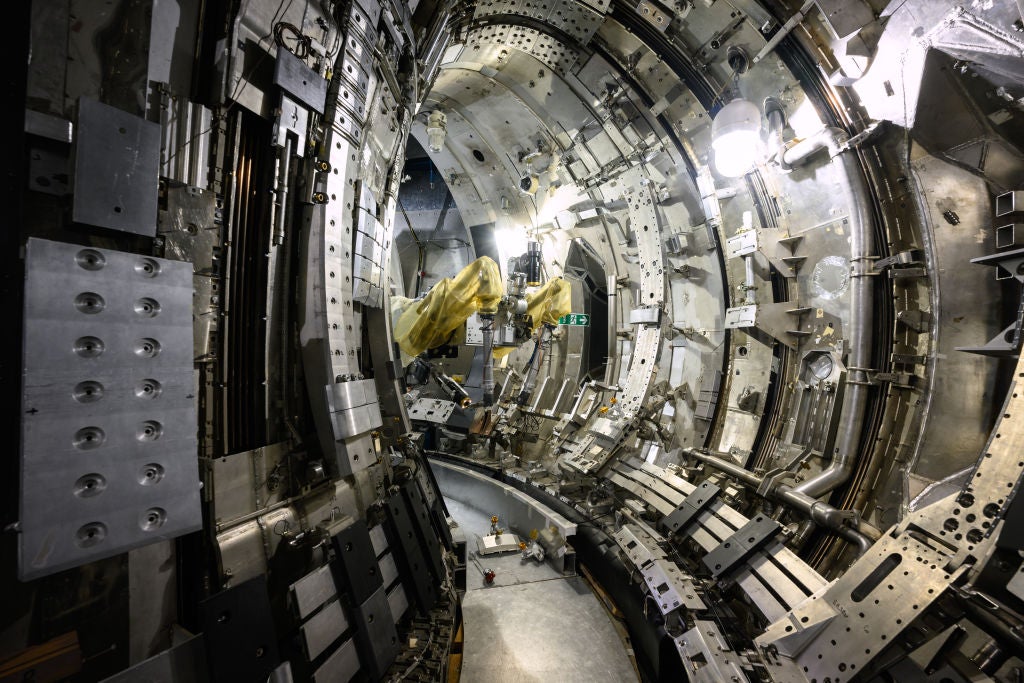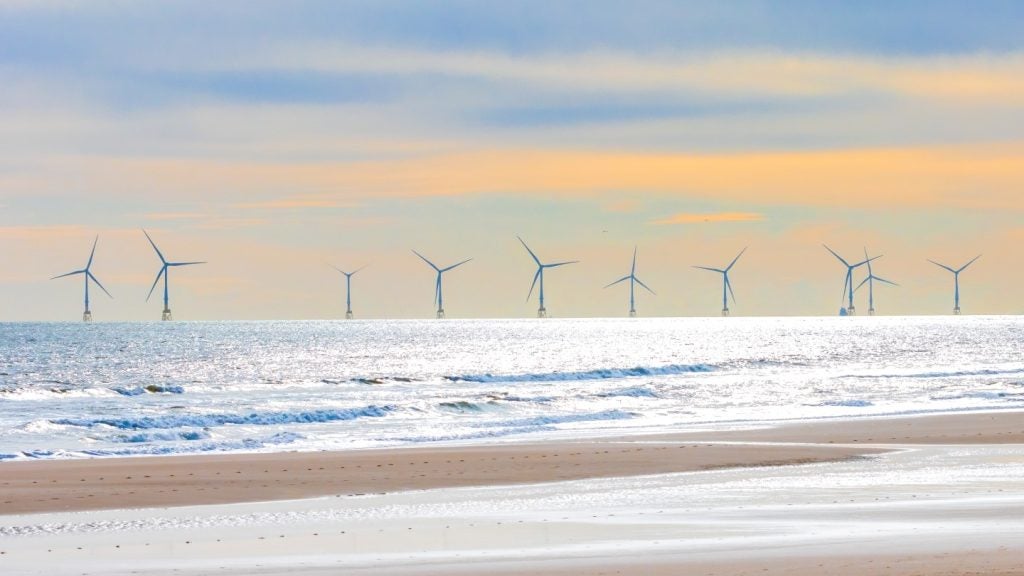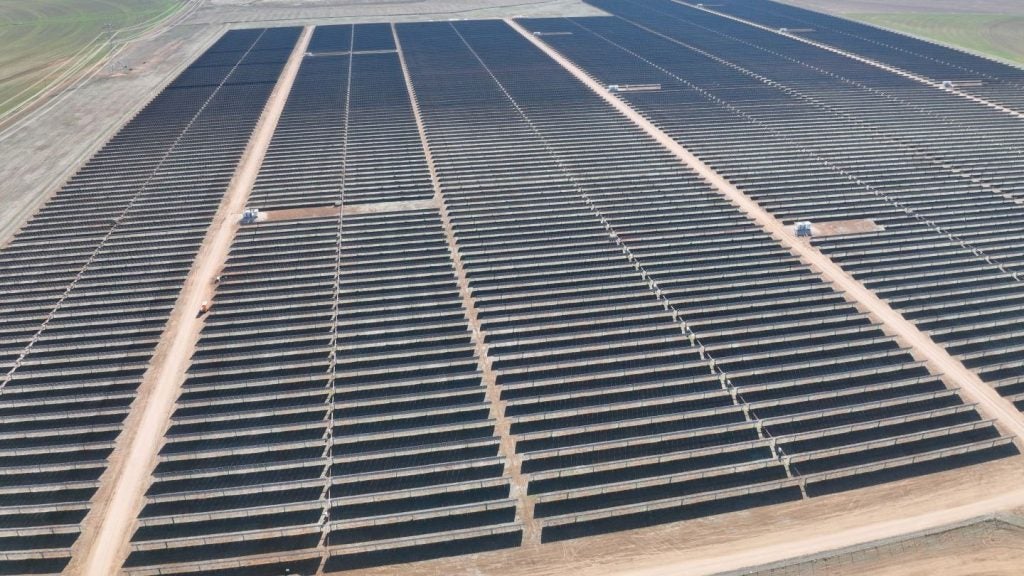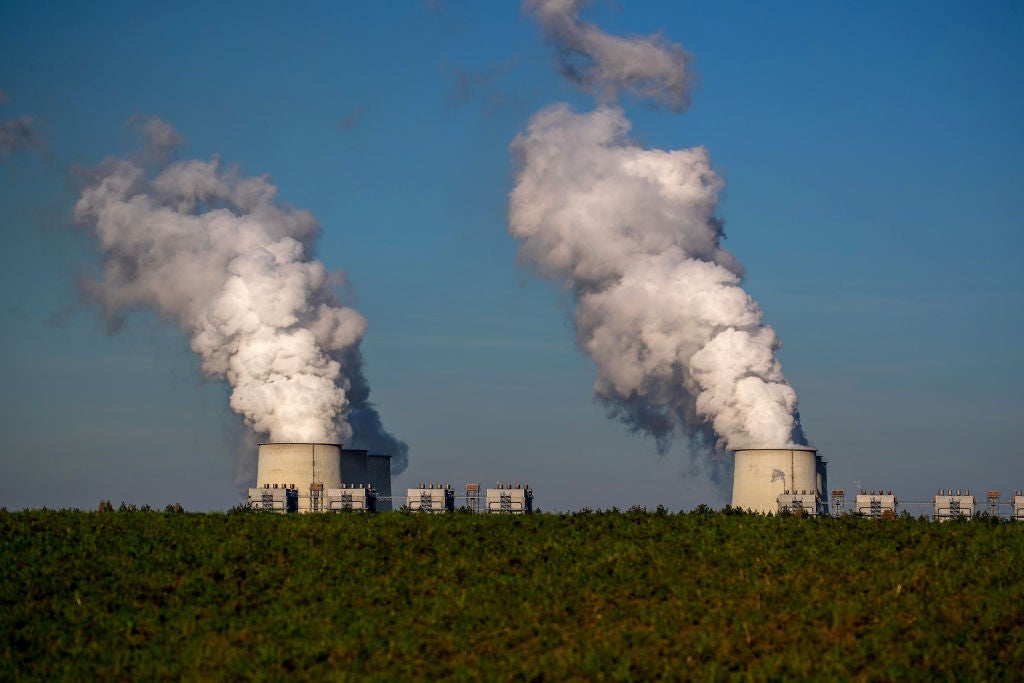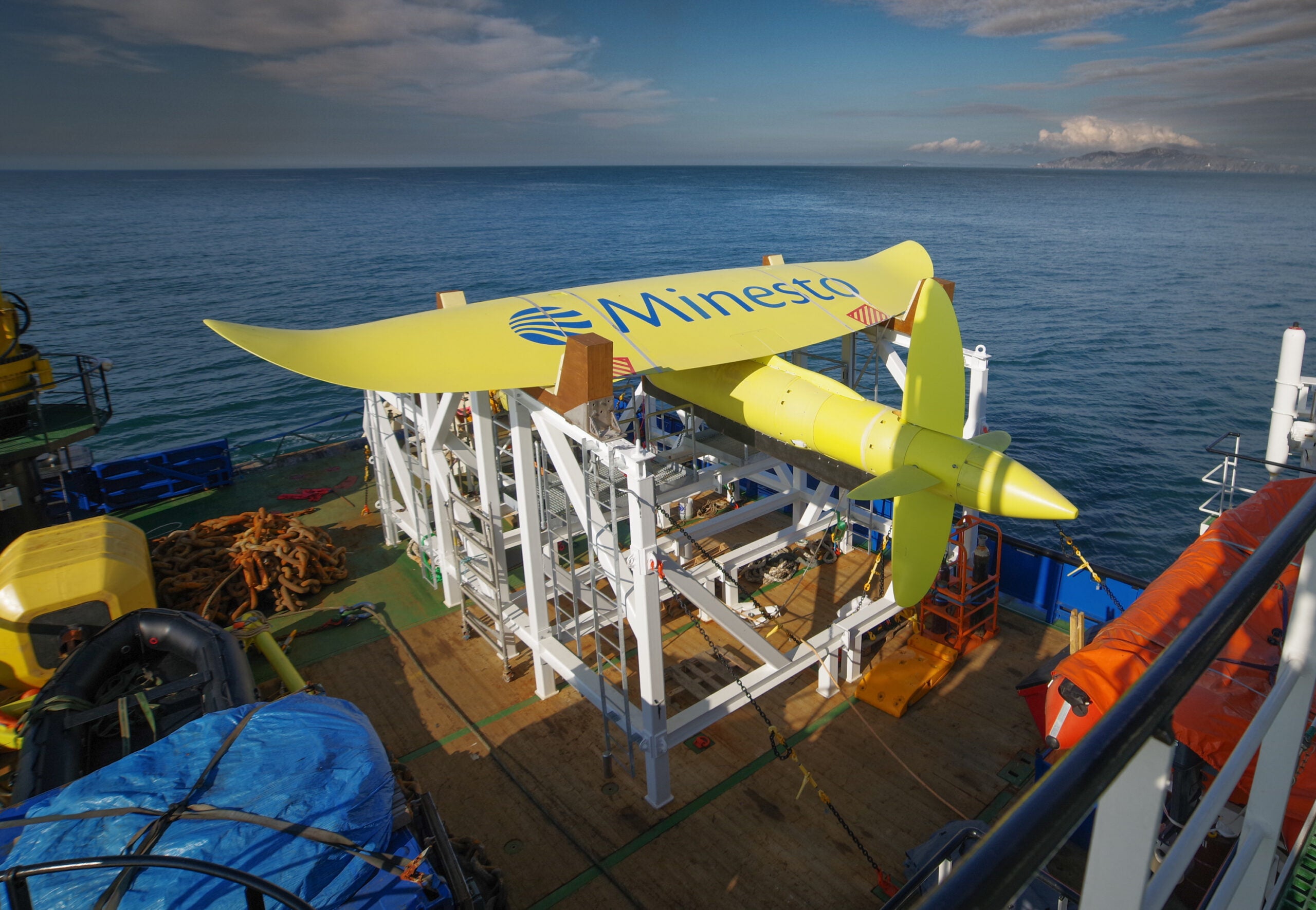
Tidal power has long been touted as a major source of renewable energy. By and large, however, it remains an untapped resource. While there are various technologies on the market, promising to harness the power of the waves, most of these are suitable only for use with fast-moving tidal streams, and have no application within slower ocean currents.
To take the most common tidal device as an example, horizontal axis turbines extract energy from moving water, much as wind turbines extract energy from air. Sitting stationary on the seabed, they typically require currents of 2.5m/s or faster to produce electricity cost-effectively.
This is useful in areas with high marine current flows. However, for tidal power to reach its full potential, it will be necessary to expand its geographic scope.
Minesto, a marine energy developer based in Sweden, is hoping to do just that. The company’s Deep Green technology, currently under development, is able to cost-effectively generate electricity at sites with velocities between 1.2m/s and 2.4m/s, and depths between 60m and 120m. This could more than double the size of the exploitable tidal resource.
“Compared to other marine energy technologies, Minesto’s product enhances the energy conversion, making it a commercial proposition applicable to vast areas around the globe where no other known or verified technology can operate cost effectively,” says CEO Dr Martin Edlund. “Most concepts target areas with very high stream flows, 2.5m/s and above. We target areas that are 2.5m/s and below.”
A milestone for Minesto
In August, Minesto announced that it had broken new ground by verifying its technology at utility scale. By October, it had gone one step further, using this commercial-scale unit to generate electricity for the first time.
How well do you really know your competitors?
Access the most comprehensive Company Profiles on the market, powered by GlobalData. Save hours of research. Gain competitive edge.

Thank you!
Your download email will arrive shortly
Not ready to buy yet? Download a free sample
We are confident about the unique quality of our Company Profiles. However, we want you to make the most beneficial decision for your business, so we offer a free sample that you can download by submitting the below form
By GlobalDataThe system, based at the Holyhead Deep site 8km off the coast of North Wales, is now in its second commissioning phase. Essentially, the company wants to demonstrate that the technology is performing as expected, and that there are safe and efficient handling procedures in place.
“We are engaged with demonstration of our first utility-scale device, which currently means a 500kW unit off the coast of Wales,” says Edlund. “The next step of the development for that product range is to optimise it in regards to power production performance, which could mean increasing the rated power to, for example, 750kW for the next utility-scale system.”
If these efforts are successful, the company will scale up the technology still further. According to plans announced last year, the Holyhead Deep site will be developed in three phases as part of a deploy-and-monitor approach. Eventually, the installed capacity will be boosted to 80MW.
It’s just the latest step in what has already been a lengthy journey. In fact, the concept first arose as early as 2004, when inventor Magnus Landerg presented an early version of the technology (then called the Enerkite).
“The technology was originally invented by an engineer with the aerospace company Saab within the scope of a wind turbine study where vertical-axis turbine concepts were explored,” explains Edlund. “The idea was then taken to Chalmers University of Technology in Gothenburg to evaluate the technical and commercial viability.”
In 2007, Minesto was founded as a spin-off from Saab, and the technology continued to evolve. Since then, five prototypes have been built and tested, first in basins and since 2011 in the ocean. It first generated electricity in 2009.
An underwater kite
As Edlund explains, Deep Green follows the same guiding principle as a kite, gliding smoothly through the water as a kite does through the air.
“Minesto’s Deep Green technology is a unique marine energy converter, a subsea kite that targets the global low-flow tidal stream and ocean current resource,” he says. “It consists of a wing that is tethered to the seabed and that carries a turbine underneath. Our subsea kite technology converts kinetic energy to electricity by way of a unique principle similar to flying a stunt kite in the wind.”
When the kite ‘flies’ through the underwater current, it pushes the turbine through the water at a speed several times the actual stream flow. Electricity is produced in the on-board generator, and transmitted through the tether to cables on the seabed.
Because the speed has a cubic relationship to the power production, any surge in speed means a dramatically higher increase in electricity generation. This gives the Minesto kite an automatic advantage over stationary turbines, which lack the added step of energy conversion.
On top of that, the device weighs up to 15 times less than competing technologies, and follows a detachable design concept, which means it can be serviced on shore. Since it operates at least 20m beneath the surface of the water, there is no visual impact and the environmental footprint is kept to a minimum.
The route to market
As well as expanding the Holyhead Deep site, Minesto is also developing a smaller-scale system (around 100kW) known as the Island Mode model. This will form a commercial product targeting off-grid applications such as island economies and aquaculture.
Moving forward, its commercialisation strategy is based on site development activities in three main areas: the European Atlantic coast, the US and South East Asia. The company sees the greatest potential in South East Asia.
“As we see it, the quickest route to market for our product in this emerging industry is for us to drive initial small-scale installations together with customers and partners, and then develop these sites into commercial electricity generating arrays,” says Edlund.
Ultimately, though, the addressable market is global, with significant exploitable areas across all continents. As Edlund puts it, since Minesto addresses a problem that no other developer is focusing on, the company is singlehandedly expanding the potential of ocean power.
“When you add to that the cost structure that is related to the unique competitive advantages of our technology, and the fact that we can exploit continuous ocean currents, we are talking about low-cost baseload renewable power,” he says. “This means that we make ocean energy a highly relevant and urgently needed complement to the energy mix in the ongoing energy transition.”



